

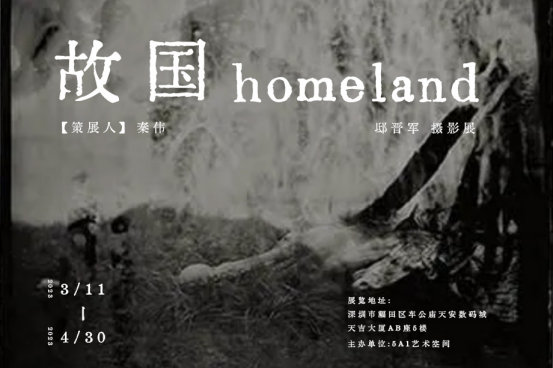
The reason why photography cannot be replaced by other art forms is that its original materials are time and light; since both time and light cannot be static, photography itself inherently possesses an unpredictable possibility.
In the mid-19th century, sculptor Fredrick Scott Archer (1813-1857) pioneered the collodion process. The collodion process has a rich color range and has greatly promoted the development and popularity of photography. However, the process involved is quite complicated. It was not until the 1870s that it was replaced by the newly developed dry-type technology. Today, we have listed this unique technique of "wet plate photography" as a classical technique in the history of photography. From 1850 to the present, more than a hundred years have passed within an eye's blink, and the collodion has once again settled in this ancient civilization. Compared with the 19th century, after the hard work of a new generation of artists, China's cultural soil has become diverse and unique in the current context.
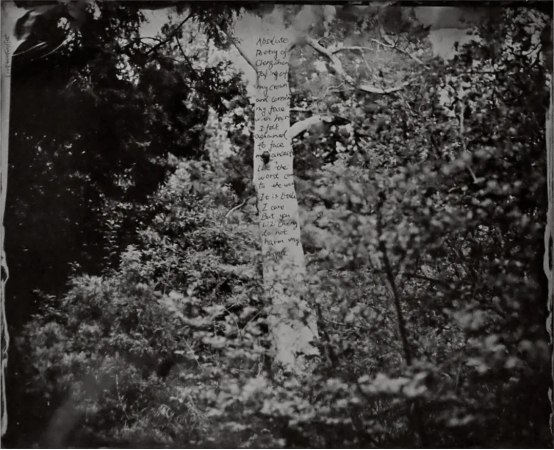
Photographer Di Jinjun is one of the best users of the unique technique. Since 2008, he has been tirelessly looking for breakthroughs in traditional fields and exploring the relationship between classical visual language and contemporary vision.
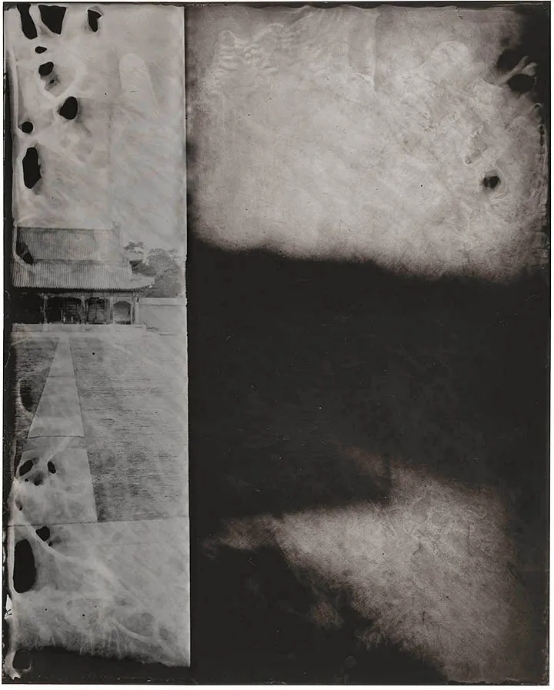
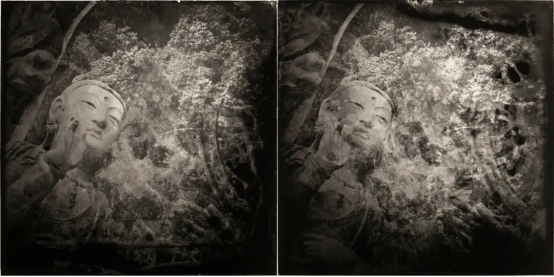
5A1 Art Space specially recommends Di Jinjun's wet plate photography series. The work Homeland exhibited this time is his core creation in the past decade, which is a combination of two sets of pictures Homeland and Mare Humorum. In Homeland, the author borrowed poems from different periods and scenes, wandering in multiple misplaced cultural contexts, revealing the contradictions and ups and downs of the author's inner world and the anxiety of the changing outer world. Overall, the main theme of Homeland is full of various uncertainties and extensibility.

Mare Humorum is another theme of Di Jinjun's exhibition. Here, we see the lonely figure again and again. It is clever to say that, or perhaps it is a pun, the word wet sea in Latin, Mare Humorum, means a basin on the moon. In these images of Di Jinjun, stubborn stones, wind, sea, moist air, mixed with several times of homesickness, the author seems to be wandering on a strange and private journey, he leads us, along this 19th century image path, into Archer's dream and hometown.

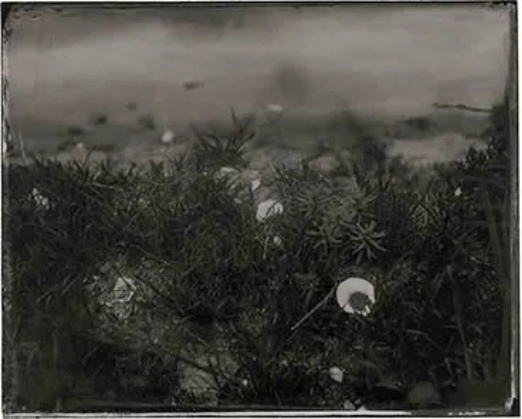
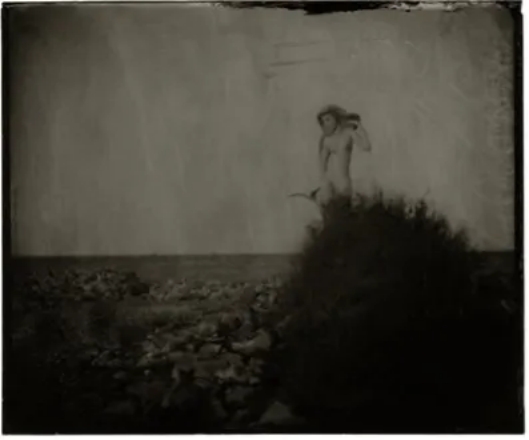
At first glance, Di Jinjun's works seem to be filled with layers of visual puzzles that can only be followed from a distance and are difficult to decipher. His works can be said to be a strange two-sided mirror, one side of the mirror highlights great affinity, while the other side of the mirror hides an untouchable and indescribable mystery.
Exhibition Scene:

About the Artist
Di Jinjun
PhD in Photography from the Central Academy of Fine Arts.
Currently the director of the Photography Department of the School of Fine Arts and Design of Hunan University of Science and Technology and a postgraduate tutor at Shandong Normal University.
Graduated from the Beijing Film Academy for undergraduate studies and studied for master's and doctoral degrees in the Photography Department of the Central Academy of Fine Arts. He is the earliest practitioner in mainland China to use the wet collodion black glass plate process in artistic creation.
Invited to teach at many top colleges and institutions such as the Beijing Film Academy, the Academy of Fine Arts of Tsinghua University, the Three Shadows Photography Art Center, and the National Art Fund.
His works are collected by many art museums, institutions and individuals such as the Central Academy of Fine Arts Art Museum, the Three Shadows Photography Art Center, the National Library of France, and the Chengdu Contemporary Image Museum.
Member of the China Photographers Association, member of the Hunan Photographers Association, director of the Hunan University Photography Society, and vice chairman of the Yongzhou Photographers Association. He currently lives and works in Beijing.
Awards:
·2022 Second Hunan Literature and Art Award
·2021 28th National Art Exhibition Art Jury Recommendation Award
·2021 9th Dali International Photography Festival Best Photographer Award
·2020 12th Three Shadows Photography Award Luo Boyan Outstanding Photographer Award
·2019 8th Dali International Photography Festival Best Photographer Nomination
·2019 8th Dali International Photography Festival Best Curator Nomination
·2018 Xishuangbanna International Photography Festival Best Exhibition Award Nomination
·2017 China Photography Annual Ranking
·2016 Taipei International Photography Festival Newcomer Nominee
·2016 Jinan International Photography Biennale Best Exhibition Award
·2014 IPA Photography Award Photographer of the Year
·2013 China TOP20 New Photographer
·2013 PDN Photography Award Individual Award
·2012 Asia Pioneer Photographers Program (APPF) Silver Award
·2011 China First Youth Photography Exhibition Jury Recommendation Award
·2011 China Third Hou Dengke Documentary Photography Award Nomination
·2020 French Talent Photography Fund Portrait Champion